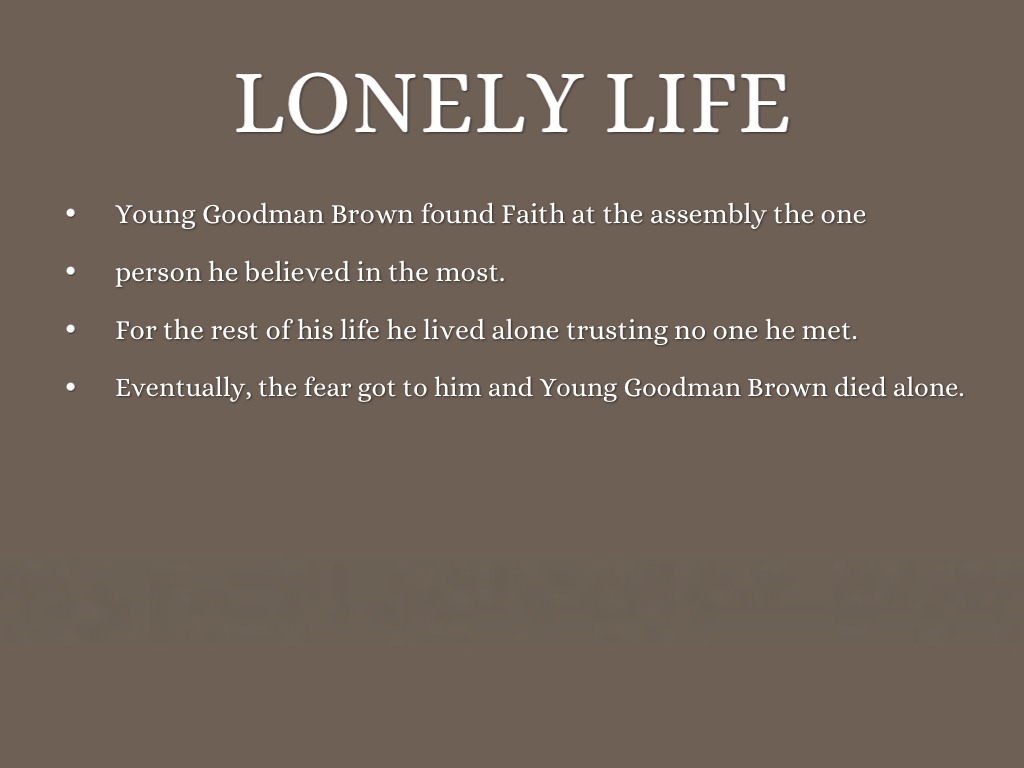Understanding Dry Begging: Examples And Insights
Dry begging is a term that often raises eyebrows and prompts curiosity. It refers to the concept of soliciting help or resources without explicitly asking for them. This behavior can be observed in various contexts, from social situations to online interactions. As we delve deeper into dry begging, we will explore its nuances, examples, and the implications it has on both the individual and society at large.
The concept of dry begging can sometimes be misinterpreted, leading to confusion about its intent and impact. Many individuals engage in this practice subtly, hoping to elicit sympathy or assistance without directly stating their needs. In this article, we will uncover the layers of dry begging, providing clear examples and insights into why this behavior is prevalent in our society.
Through this exploration, we aim to equip readers with a comprehensive understanding of dry begging, shedding light on its various manifestations and the underlying reasons that drive individuals to engage in such behavior. We will also discuss the potential consequences and how society can better recognize and address these situations.
Table of Contents
- What is Dry Begging?
- Examples of Dry Begging
- The Psychology Behind Dry Begging
- Social Contexts Where Dry Begging Occurs
- Impact on Relationships
- Recognizing Dry Begging
- How to Respond to Dry Begging
- Conclusion
What is Dry Begging?
Dry begging is a form of indirect solicitation where individuals convey their needs or desires without explicitly asking for assistance. This behavior can manifest in various ways, often relying on emotional cues or subtle hints. Unlike traditional begging, which is overt and direct, dry begging thrives on the nuances of social interactions and communication.
Characteristics of Dry Begging
- Subtlety: Dry begging often involves indirect hints rather than straightforward requests.
- Emotional Manipulation: Individuals may share their struggles to elicit sympathy without explicitly asking for help.
- Social Pressure: The behavior may stem from a desire to conform to social expectations or norms.
Examples of Dry Begging
Understanding dry begging requires examining real-life scenarios where this behavior is evident. Below are some common examples:
Example 1: Social Media Posts
Individuals may post about their financial struggles or personal hardships on social media, hoping friends or followers will offer assistance without a direct request. For instance:
- "I can't believe I have to choose between paying my rent and buying groceries this month."
- "Feeling overwhelmed with bills this week; I just wish things would get better."
Example 2: Casual Conversations
During casual conversations, a person might lament about their situation, such as:
- "I really wish I could take a vacation, but my budget is so tight right now."
- "I’ve been struggling to keep up with my bills lately; I don’t know how I’ll make it through the month."
The Psychology Behind Dry Begging
Understanding the psychological aspects of dry begging can provide insight into why individuals engage in this behavior. Several factors contribute to the prevalence of dry begging, including:
- Fear of Rejection: Many individuals may fear direct rejection and choose to hint at their needs instead.
- Social Norms: Societal expectations may discourage direct requests for help, leading to indirect methods.
- Desire for Validation: Some people seek validation and sympathy, which they may feel is more achievable through subtle hints.
Social Contexts Where Dry Begging Occurs
Dry begging is not limited to a specific context; it can occur in various social settings, including:
1. Workplace
Colleagues might share their financial struggles or workload issues, indirectly seeking support or understanding. For example:
- "I’ve been working overtime, but I feel like I’m drowning in tasks."
2. Family Gatherings
During family events, individuals may express their challenges, hoping family members will offer help without being asked. For instance:
- "With all these medical bills, I’m not sure how we’ll manage this year."
Impact on Relationships
Dry begging can have significant effects on interpersonal relationships, both positive and negative:
Positive Impacts
- Fostering Empathy: It may encourage understanding and support among friends and family.
- Building Bonds: Sharing struggles can create deeper connections and trust.
Negative Impacts
- Miscommunication: The indirect nature of dry begging can lead to misunderstandings.
- Resentment: Those who feel manipulated may harbor negative feelings toward the individual engaging in dry begging.
Recognizing Dry Begging
Identifying dry begging requires awareness of certain cues and behaviors. Here are some signs to look for:
- Frequent expressions of hardship without direct requests for help.
- Subtle hints about needing assistance during conversations.
- Social media posts that elicit sympathy or concern without clear requests.
How to Respond to Dry Begging
Responding to dry begging requires sensitivity and understanding. Here are some strategies:
- Open Communication: Encourage open dialogue, allowing the individual to express their needs directly.
- Offer Support: If you feel comfortable, offer assistance or resources without waiting for a direct request.
- Set Boundaries: If dry begging becomes manipulative, it’s essential to establish boundaries to protect your well-being.
Conclusion
In summary, dry begging is a complex behavior rooted in social dynamics and psychological factors. By understanding its nuances and recognizing its manifestations, we can foster more empathetic and supportive interactions. If you’ve encountered dry begging, consider how you might respond to encourage healthier communication. We invite you to share your thoughts in the comments below and explore more articles that delve into social behavior and communication.
Call to Action
Did you find this article insightful? Share it with your friends and family to raise awareness about dry begging. We encourage you to leave a comment with your experiences or thoughts on this topic. For more engaging content, don’t forget to explore our other articles!
Slimane Wife Name: Everything You Need To Know
A Is For Amy Who Fell Down The Stairs: A Heartfelt Journey Of Resilience
Lina Lardi: The Journey Of An Inspirational Figure


